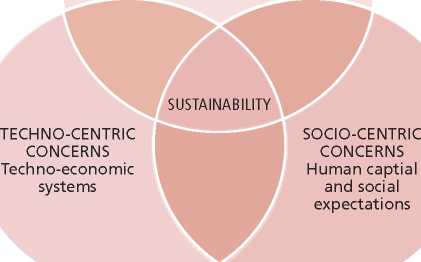Introduction
This publication aims to provide UK engineering faculties
and higher education institutions (HEIs) with practical guid-
ance on incorporating global issues and sustainable
development within the engineering curriculum. The issues,
examples of practice and recommendations have emerged
from dialogue with a range of universities around the UK
and with the key stakeholders in engineering education. The
publication is seen as a document to initiate further debate
and dialogue within higher education institutions and the
engineering profession more widely. It aims to build on
existing research and practice within a number of institutions
on sustainable development and international work, to bring
together a range of different initiatives within a proposed
framework and to make suggestions for curriculum develop-
ment and partnerships for the future.
Part 1 addresses 6 key questions:
■ What is meant by the global dimension of engineering?
■ What is the global dimension of engineering education?
■ What are the drivers for increasing the global dimension
across higher education?
■ What do global skills look like?
■ How does development education fit within the global
dimension?
■ What are the key barriers to change and what opportu-
nities exist to overcome these barriers?
Part 2 provides a framework and guidance for incorporating
the global dimension within student learning including:
■ Embeddingwithinthecurriculum.
■ Innovative partnerships and strategies for collaboration
at national and international levels.
■ Extra-curricula learning.
Part 1: Key questions about the global dimension of engineering education
What is meant by the global dimension of
engineering?
“Amongst the greatest challenges we face in the world
today are those of delivering growing, secure and
affordable supplies of clean water and of energy, to meet
the needs and expectations of an expanding population,
whilst reducing our CO2 emissions and the human
contribution to climate change. The implementation of
innovative engineering solutions is fundamental to
addressing these challenges, whilst also offering
exceptional opportunities for economic growth to the
nations which are able to deliver them”.2
Professor Julia E King, Chair of the Educating Engineers
for the 21st Century Working Party
In essence the global dimension is the sum of the social,
political, technological, cultural and environmental issues
which are shaping engineering at the global level. In a recent
independent review of strategic global trends up to 2036,
the UK government concludes human activity will be domi-
nated by 3 pervasive ‘ring road’ issues: climate change,
globalisation and inequality, which between them frame the
environmental, economic and social pillars of sustainable
development. It is not that the 3 pillars can be reduced down
to just these ‘ring road’ issues, but addressing them will
define what sustainability looks like. Sustainability lies at the
interface of all 3 agendas and with the alignment of solu-
tions and dimensions.3 What are the relationships between
the economic, social and environmental dimensions of engi-
neering and the relationship between global and local
systems? What are the global drivers of change? How will
these global drivers impact upon engineering? What is the
contribution of engineering to positive world change? What
technologies and approaches offer the most promise? These
are all questions which define the global dimension of engi-
neering and engineering education.
The Stern Review4 on the economics of climate change con-
cludes that ‘business as usual’ is unsustainable and we have
a brief, 10 to 15 year window of opportunity to address
climate change and move towards sustainability or face far
greater costs and threats in the future. As Stern concludes,
“We have the time and the knowledge to act. But only if we
ECO-CENTRIC
CONCERNS
Natural resources
and ecological
capacity

From Engineering for Sustainable Development: Royal Academy
of Engineering, 2006
Page 4 The Global Engineer
More intriguing information
1. AN ECONOMIC EVALUATION OF COTTON AND PEANUT RESEARCH IN SOUTHEASTERN UNITED STATES2. Estimating the Economic Value of Specific Characteristics Associated with Angus Bulls Sold at Auction
3. Measuring Semantic Similarity by Latent Relational Analysis
4. Stakeholder Activism, Managerial Entrenchment, and the Congruence of Interests between Shareholders and Stakeholders
5. Program Semantics and Classical Logic
6. Sectoral specialisation in the EU a macroeconomic perspective
7. Globalization, Redistribution, and the Composition of Public Education Expenditures
8. The name is absent
9. Evidence of coevolution in multi-objective evolutionary algorithms
10. The name is absent